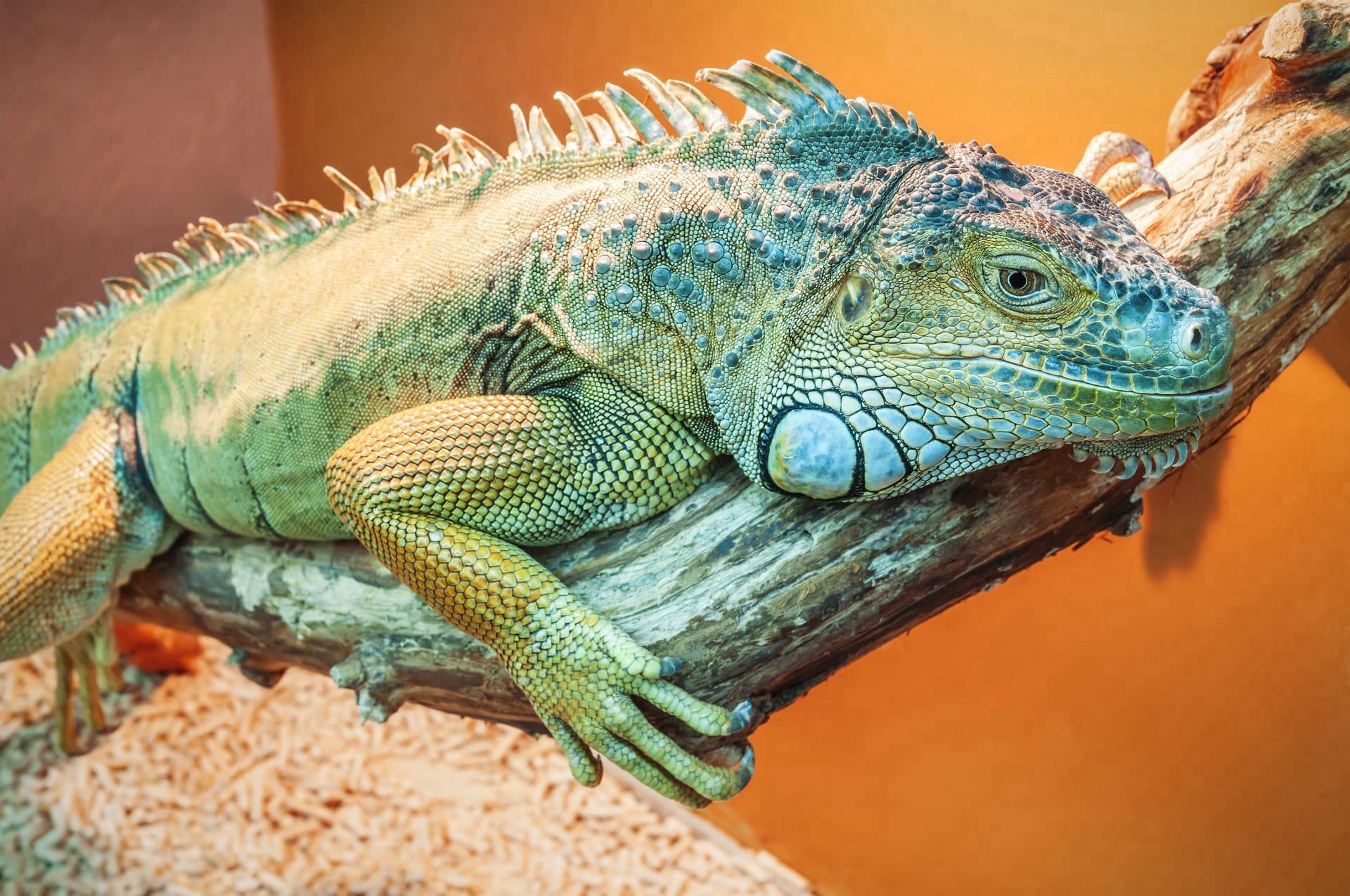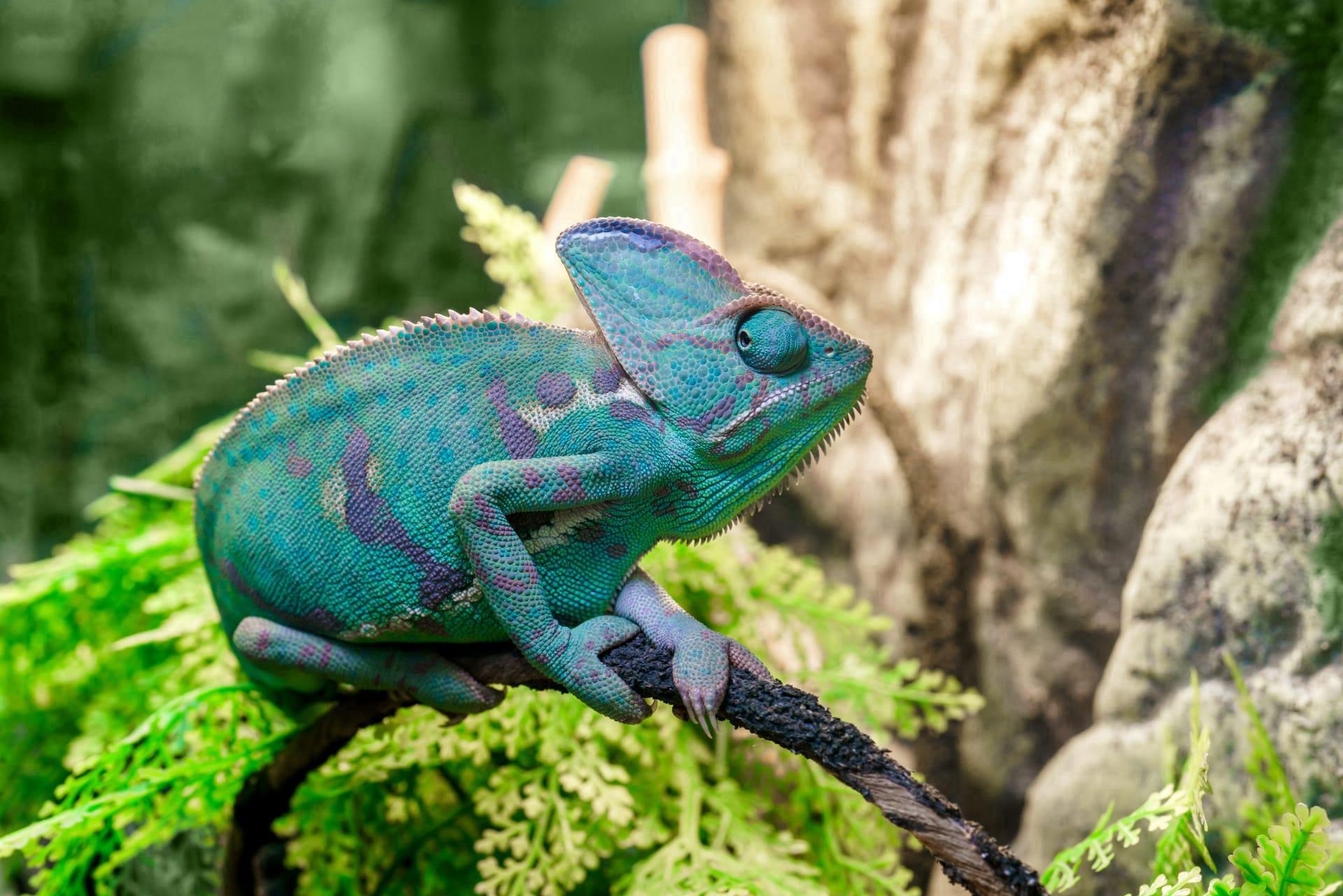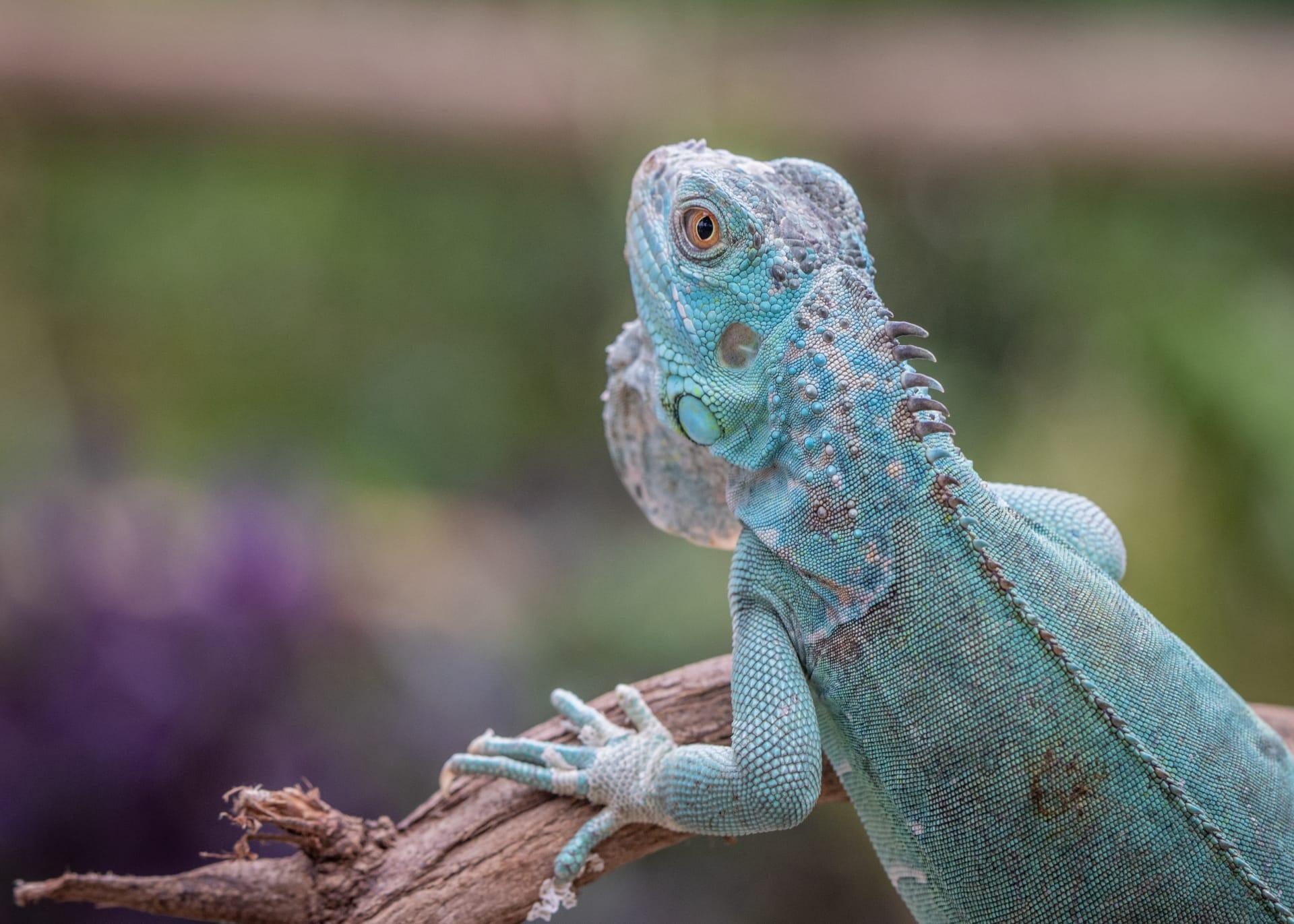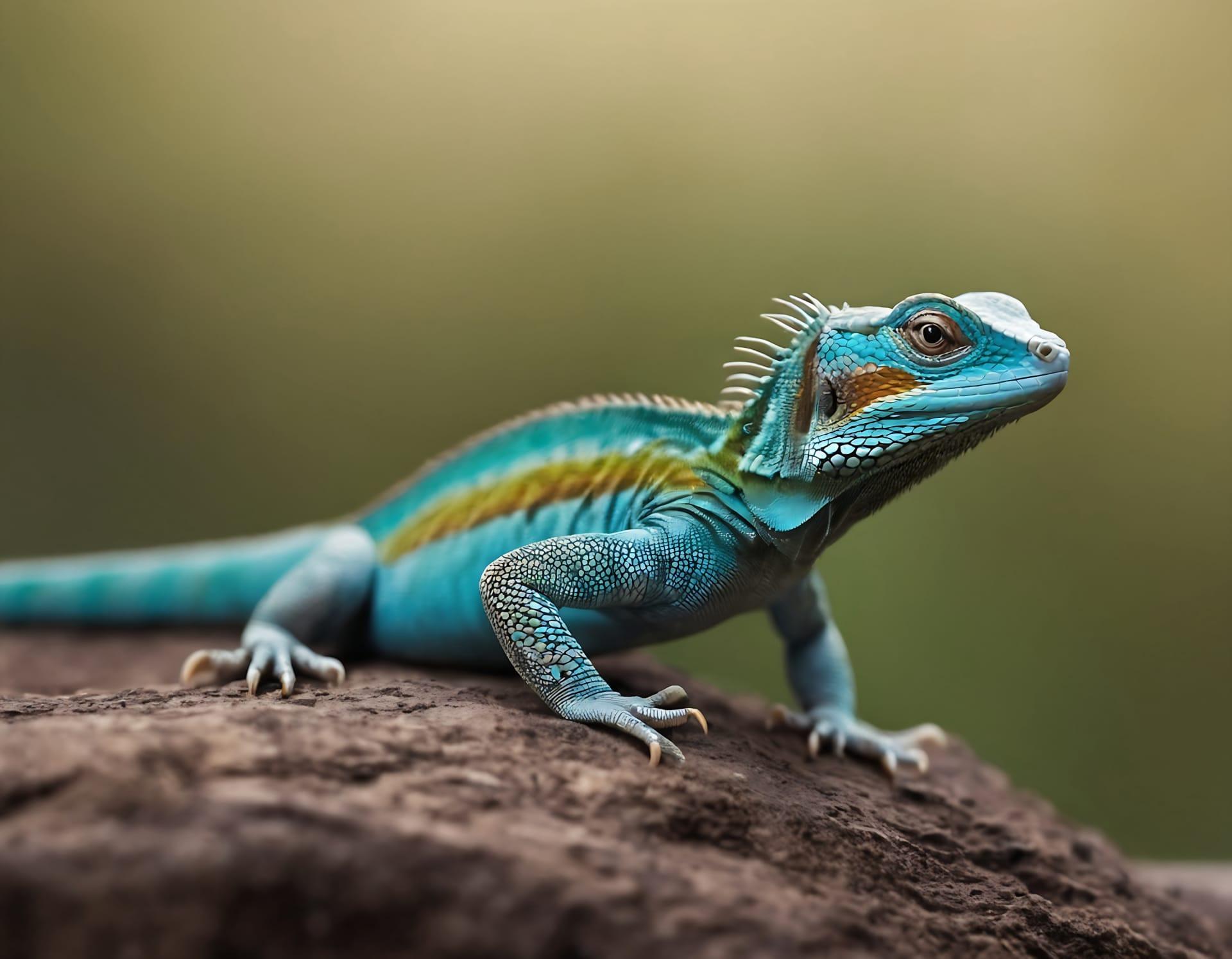Blue Iguana Characteristics
- Home /
- Mini Encyclopedia /
- Animal /
- Blue Iguana Characteristics
1
The Blue Iguana, a magnificent reptile native to the Cayman Islands, is known for its striking blue color and impressive size. Adult Blue Iguanas can grow up to 5 feet in length and weigh as much as 30 pounds. Their lifespan is quite remarkable, with many living over 25 years in the wild, and some in captivity have been known to live up to 69 years. The vibrant blue coloration is more pronounced in males and is especially vivid during the mating season.
One of the most unique organs of the Blue Iguana is its dewlap, a large flap of skin under the throat. The dewlap plays a crucial role in thermoregulation and social interactions. By extending the dewlap, the iguana can regulate its body temperature, absorbing heat when basking in the sun or cooling down in the shade. The dewlap is also used in territorial displays and during courtship rituals, where males show off their dewlaps to appear more formidable to rivals and more attractive to potential mates.

2
Question: What does the Blue Iguana primarily eat, and how does its diet impact its habitat?
Answer: Blue Iguanas are primarily herbivores, feeding on a wide variety of plants, fruits, and flowers found in their natural habitat. This diet includes leaves, stems, and fruits from over 45 species of plants. By consuming these plant materials, Blue Iguanas play a vital role in their ecosystem as seed dispersers. The seeds pass through their digestive system and are deposited elsewhere, aiding in plant propagation and contributing to the health and diversity of their environment.

3
Blue Iguanas are not just majestic in appearance; their movement patterns are equally fascinating. They are primarily terrestrial, moving with a distinctive, slow-paced gait on land. Despite their size, they are capable of quick bursts of speed, especially when threatened. These iguanas are excellent climbers too, often seen scaling trees and rocks, which they do with surprising agility and balance.
When it comes to hunting, the Blue Iguana’s approach is more about foraging than pursuit. Their diet primarily consists of plants, so their hunting behavior revolves around locating and consuming a variety of vegetation. They use their keen sense of smell to find ripe fruits and tender leaves, often traveling significant distances daily to feed. They occasionally eat insects or small invertebrates, but this is a small portion of their diet.

4
The Blue Iguana's natural habitat is a crucial aspect of its survival and consists mainly of rocky, sunlit, open areas within dry forests and coastal scrubland. These environments provide the necessary heat for thermoregulation and a variety of plant foods. The iguanas are also found in areas with limestone forests, which offer suitable nesting sites.
Reproduction is a significant aspect of the Blue Iguana’s life cycle. The breeding season typically occurs from May to June. Females lay clutches of 1 to 21 eggs, with larger females laying more eggs. The eggs are buried in nests dug in sandy or soft soil, often in sunny locations to ensure optimal incubation temperatures. The hatchlings emerge after approximately 65 to 90 days, facing a high mortality rate due to natural predators and human-related threats.

5
Book: "The Blue Iguanas of the Cayman Islands" by Dr. Jane Marston (published in the UK, 1998). This book offers a comprehensive look at the biology, behavior, and conservation efforts surrounding the Blue Iguana. Dr. Marston, a renowned herpetologist, combines scientific research with captivating field observations to provide an in-depth understanding of these creatures. The book is highly regarded for its detailed analysis of the iguana's habitat, diet, and the challenges they face due to human expansion and invasive species.
Book: "Island Blue: Protecting the Blue Iguanas of Grand Cayman" by Richard Thorpe (published in the USA, 2005). Thorpe's work is a blend of personal narrative and scientific exploration. He recounts his experiences working with conservation groups in the Cayman Islands and delves into the natural history of the Blue Iguana. The book highlights the crucial conservation efforts needed to protect these iguanas from the brink of extinction, presenting a compelling call to action for wildlife preservation.